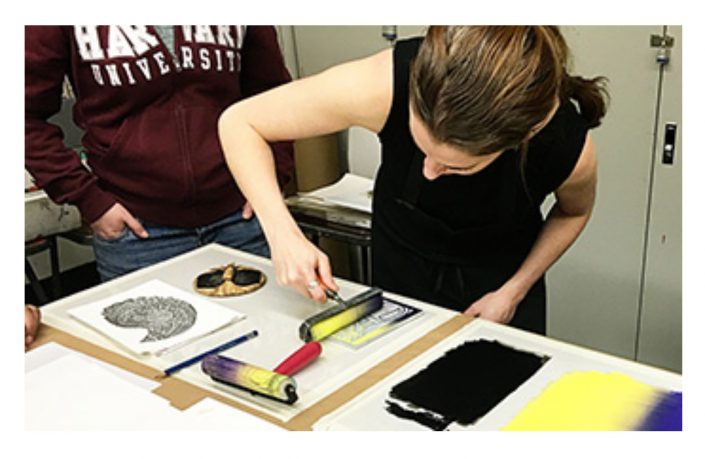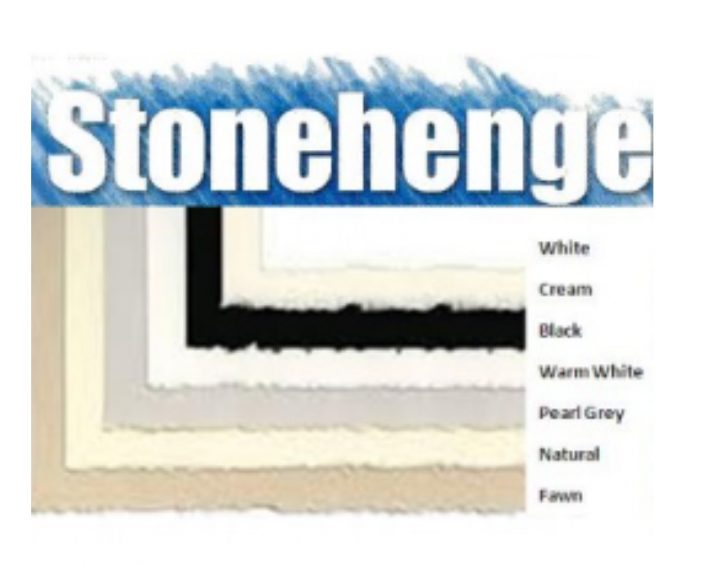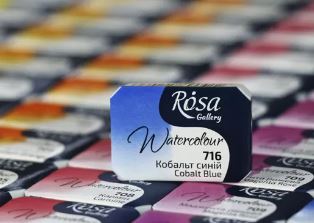Printmaking
Printing is the transfer of ink onto a surface. Two forms of printing that can be done by hand are screenprinting and block printing.
Screenprinting
Also called silkscreening or serigraphy, screenprinting is a process by which an image is transferred through a synthetic silk fabric onto paper or another flat surface. To get started you need screenprinting inks, a squeegee to apply ink, a stencil or item to print from, a surface to print on and a silkscreen frame. These frames are covered with silk and can be purchased pre-made or you can make them yourself.
Block Printing
Also called relief printing, block printing is the process of creating a raised surface on a block that is inked and pressed onto paper. Block printing is like rubber stamping. The raised image is created by gouging away areas on block surfaces such as linoleum, wood blocks, or plastic eraser blocks

Printmaking Tips
- Work in Reverse
Remember when printmaking from a plate, stone or block is that your printed image will be the reverse of what you carve into your linoleum or printmaking block. To stay away from a finished project with backward words and images, plan everything out before hand with the end goal in mind so that whatever you create or the words you write end up facing the correct direction.
- Apply extra Ink
make sure you apply extra ink to your inking plate before you start rolling with your brayer. While rolling, the brayer should be completely covered and the ink should be “tacky enough”.
- Work light to dark
If you plan to use multiple colours in your print, it’s best to start with the lightest colour first, then work in the darker colours. This will help your lighter colours stand out against the darker backgrounds.



